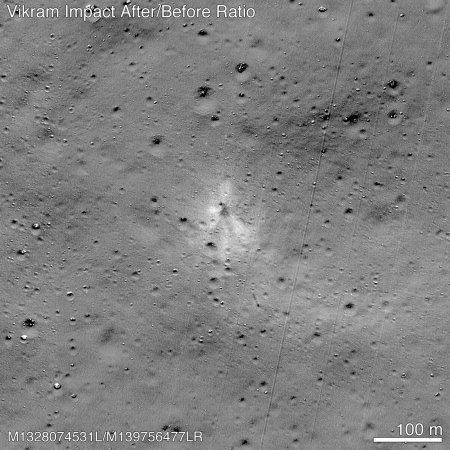India begins countdown for 1st GSLV rocket launch since 2019
India today began the countdown for its first GSLV rocket launch in more than two years, since it launched the lunar orbiter Chandrayaan-2 with the lunar rover/lander that crashed onto the surface shortly thereafter.
The launch is targeted for 8:13 p.m (Eastern) tonight.
The long gap in GSLV launches was almost entirely because of India’s panic over the Wuhan flu. For the past year and a half its space agency ISRO has completed three just launches, all of which were delayed until late in 2020 because of the panic. Prior to that panic, India had hoped to launch as many as 8 to 12 times in ’20 and ’21 each. Instead, their space industry shut down, and the commercial business they hoped to capture went to American private companies instead.
India today began the countdown for its first GSLV rocket launch in more than two years, since it launched the lunar orbiter Chandrayaan-2 with the lunar rover/lander that crashed onto the surface shortly thereafter.
The launch is targeted for 8:13 p.m (Eastern) tonight.
The long gap in GSLV launches was almost entirely because of India’s panic over the Wuhan flu. For the past year and a half its space agency ISRO has completed three just launches, all of which were delayed until late in 2020 because of the panic. Prior to that panic, India had hoped to launch as many as 8 to 12 times in ’20 and ’21 each. Instead, their space industry shut down, and the commercial business they hoped to capture went to American private companies instead.

